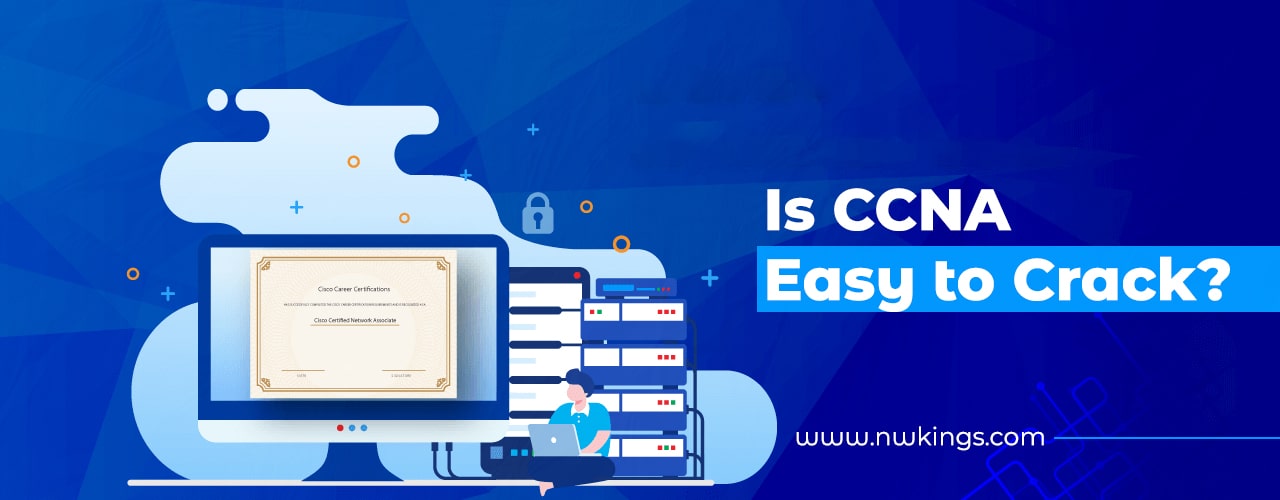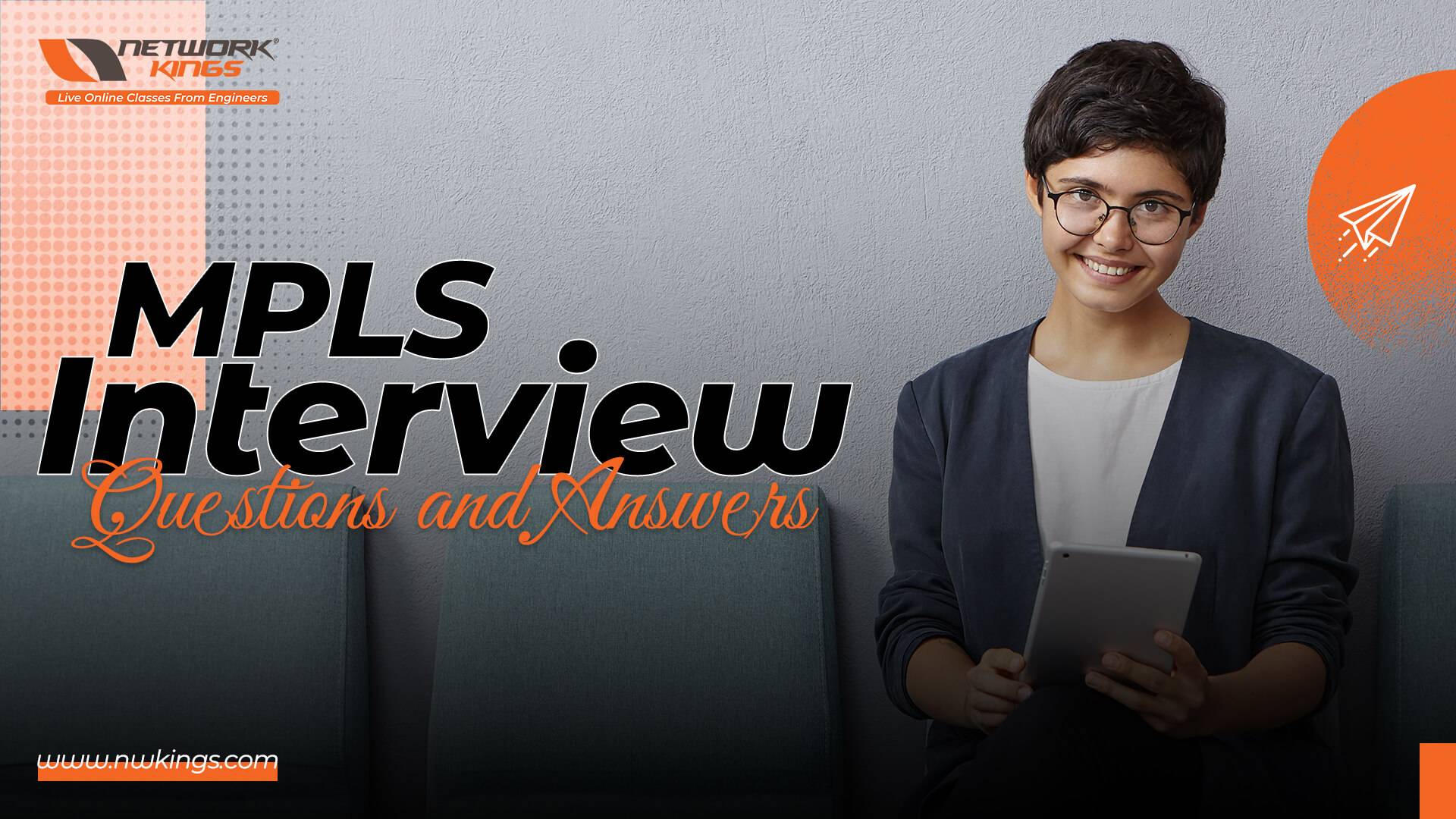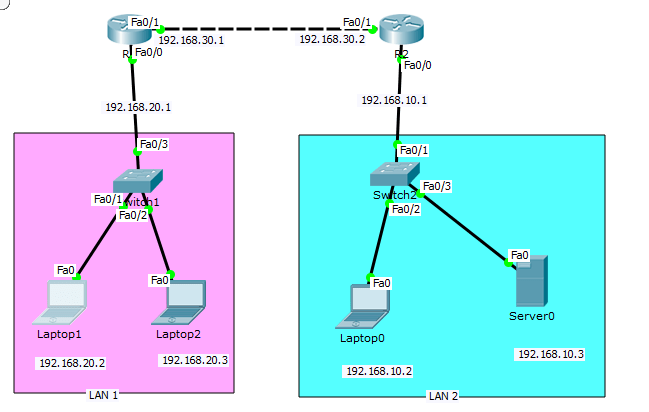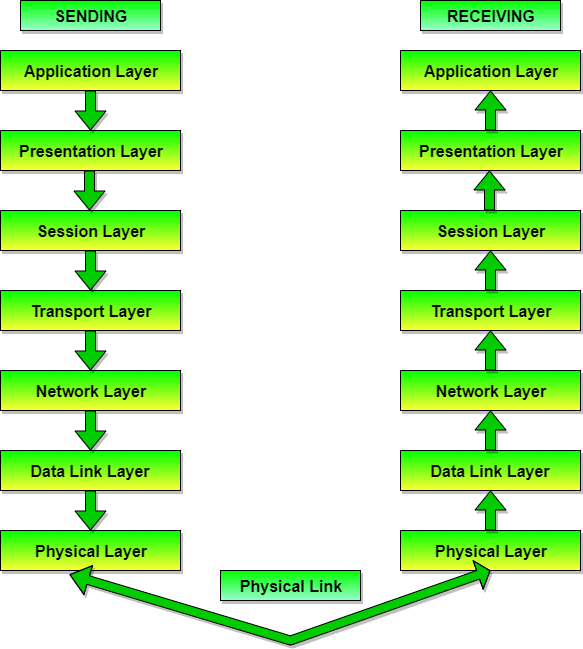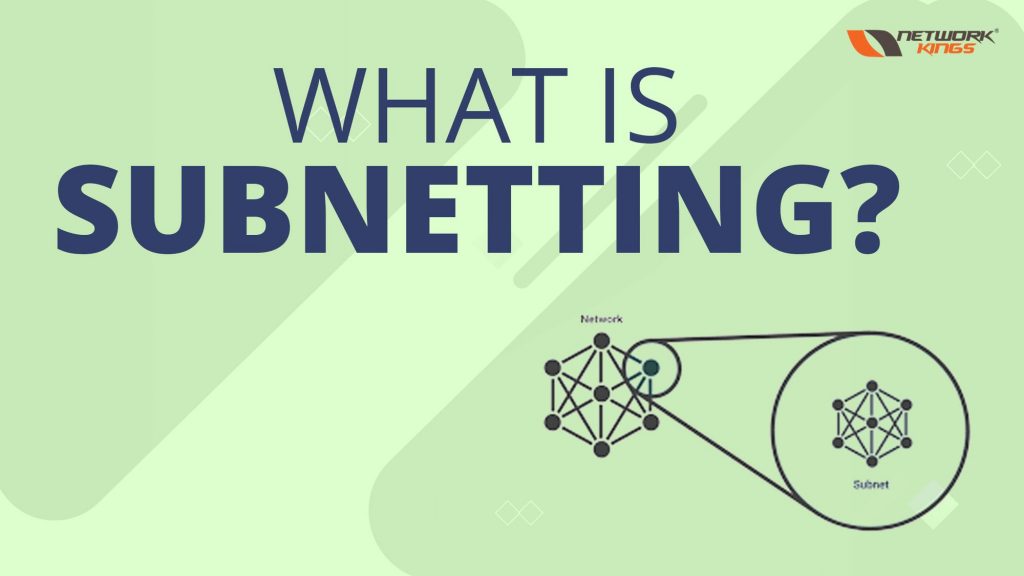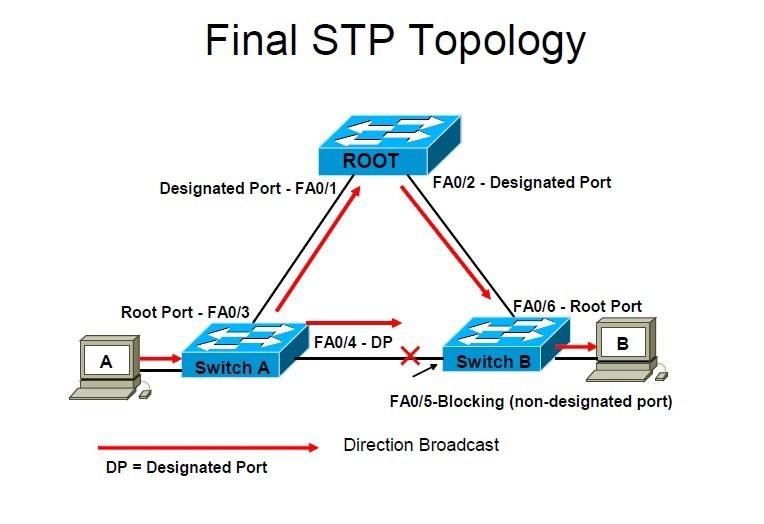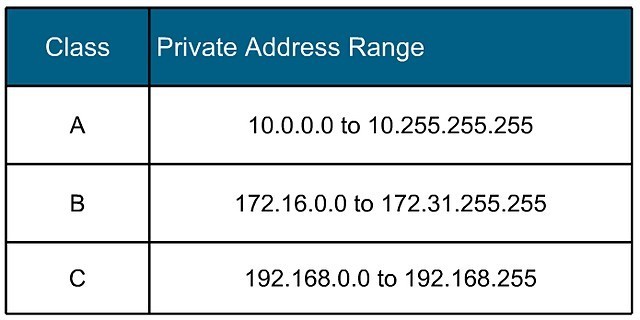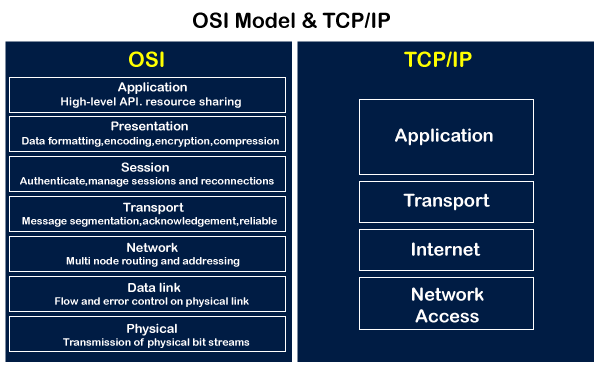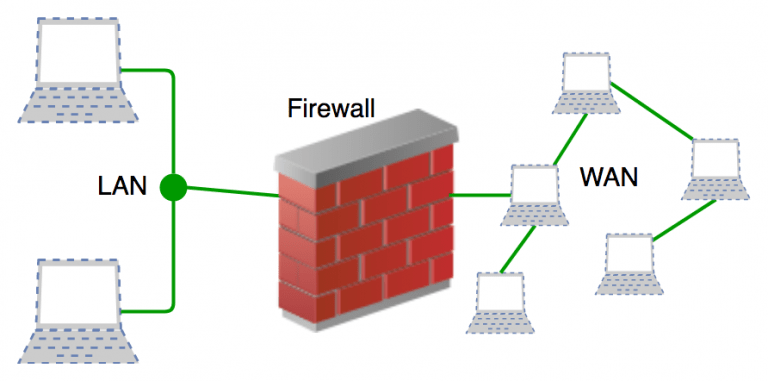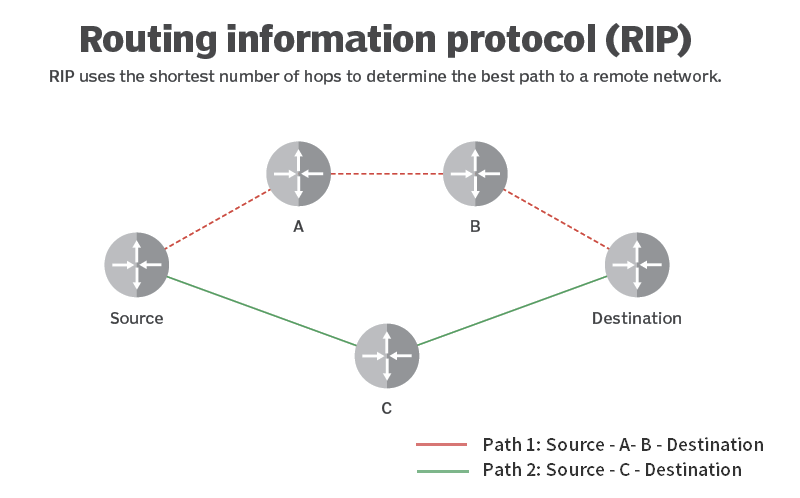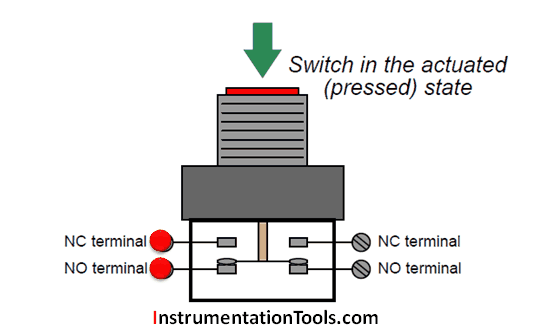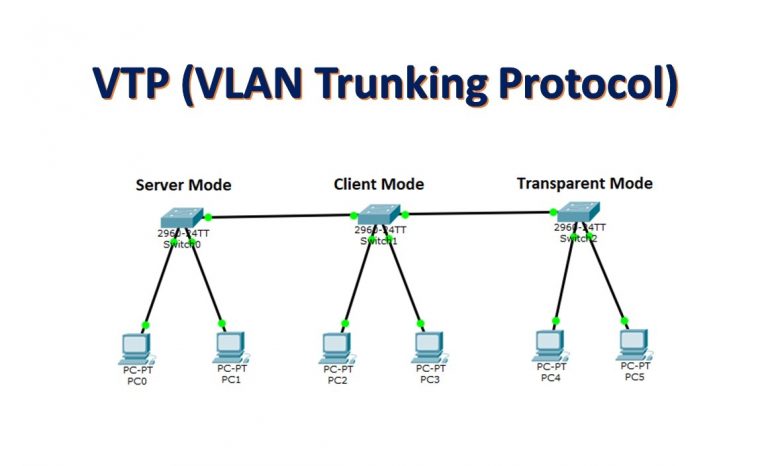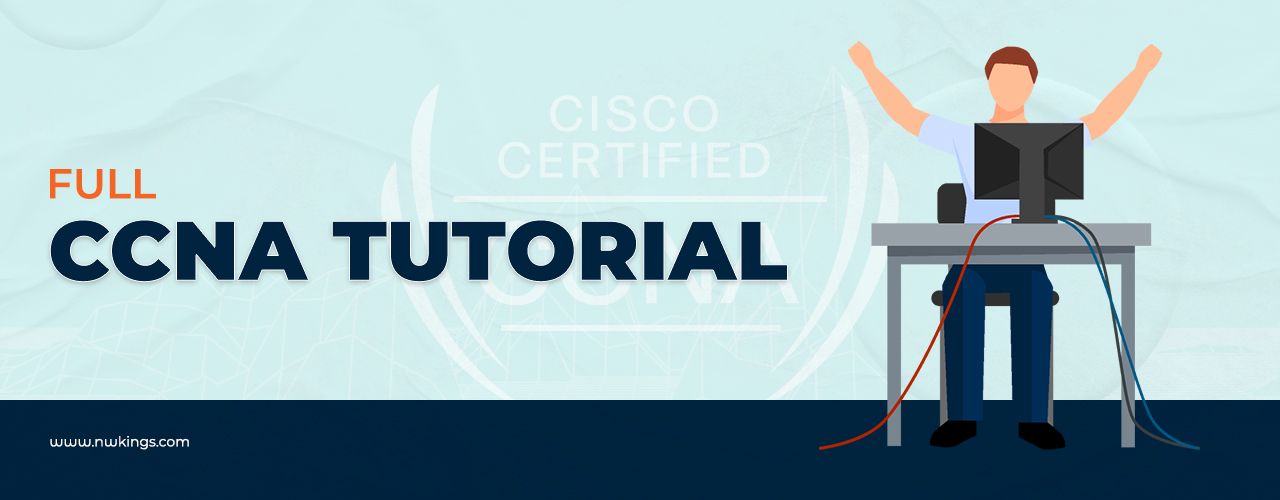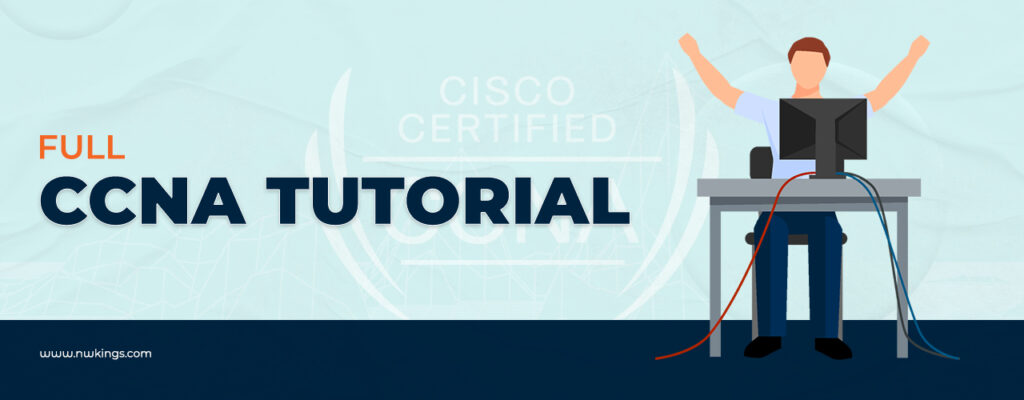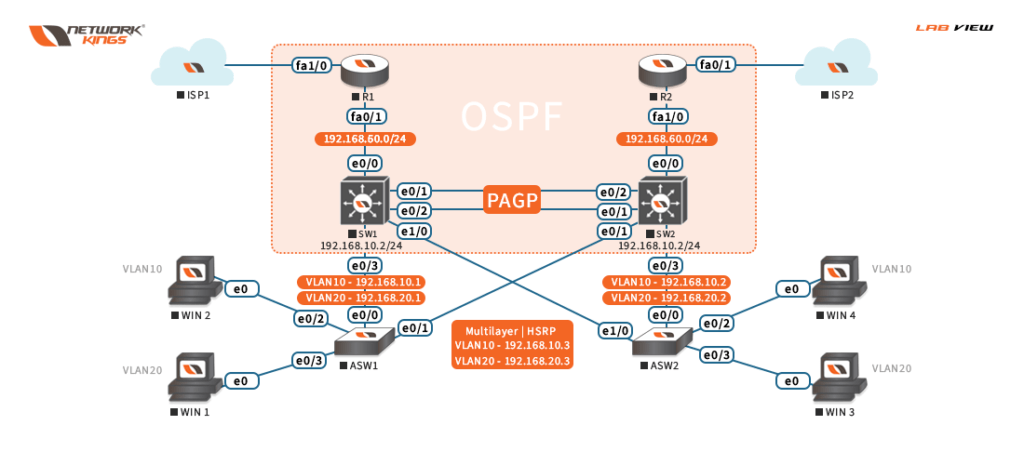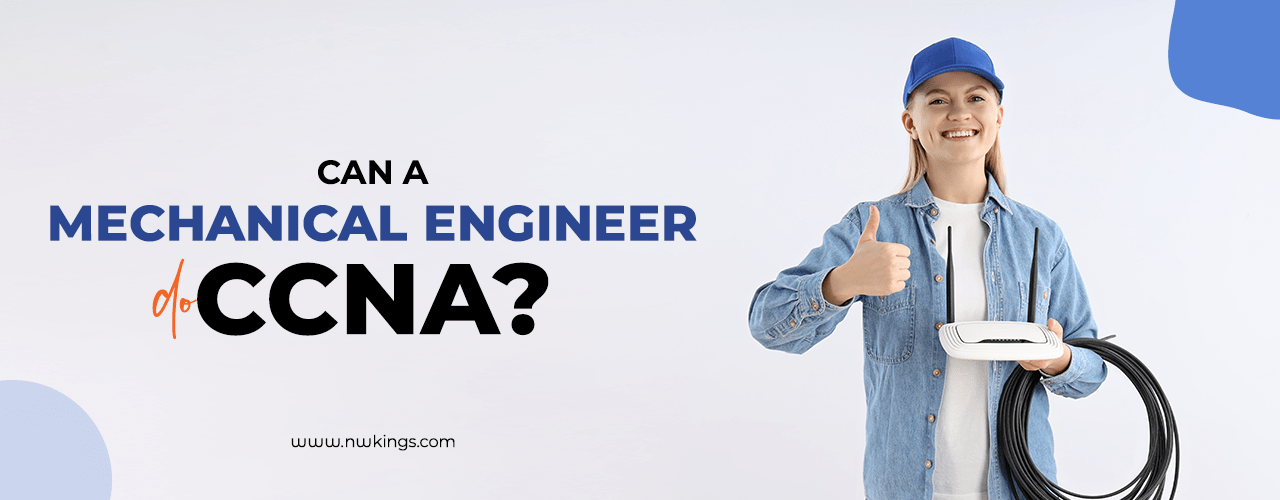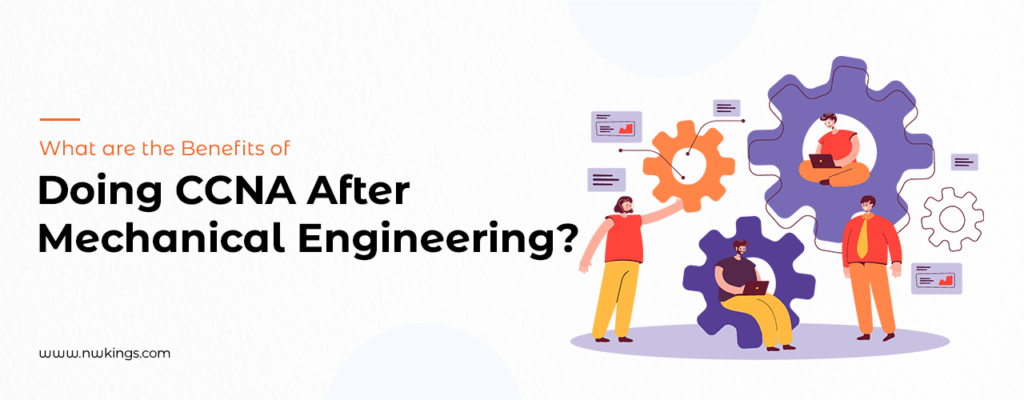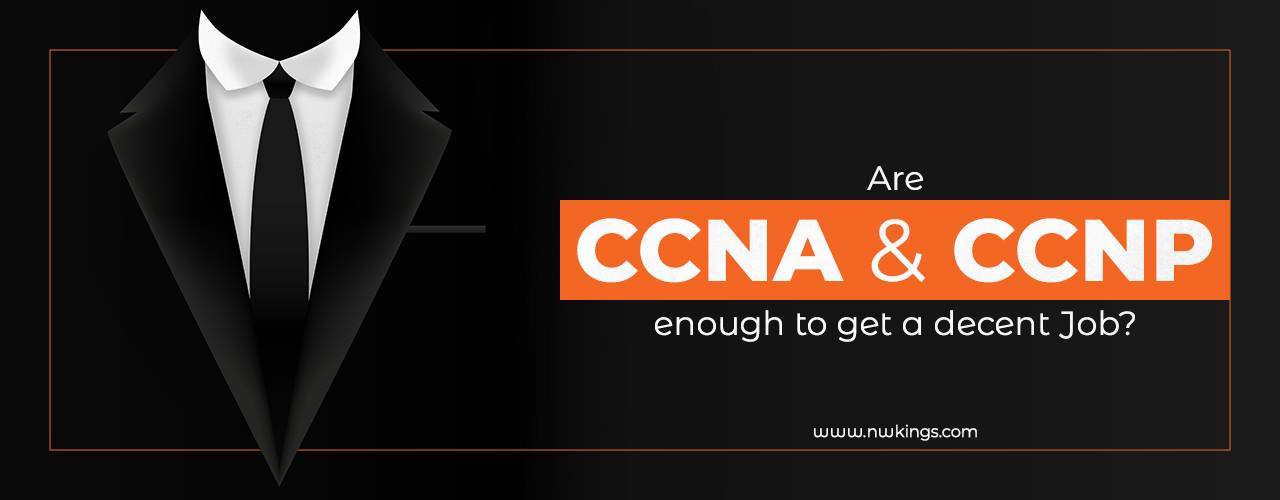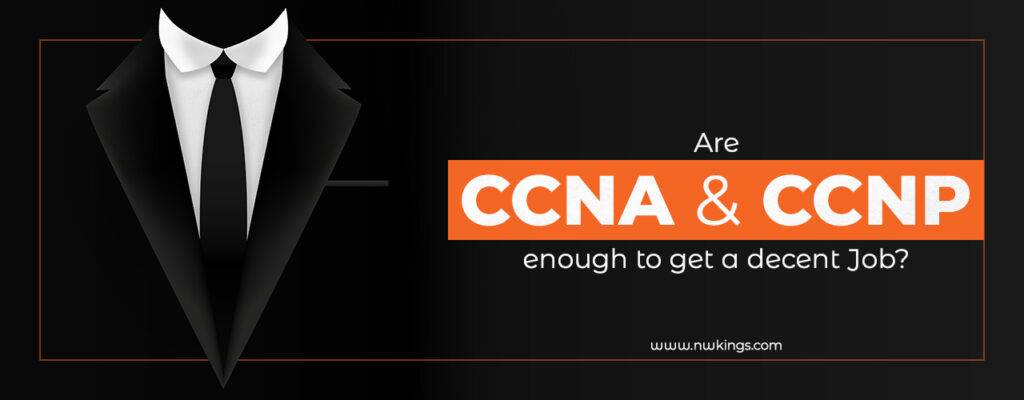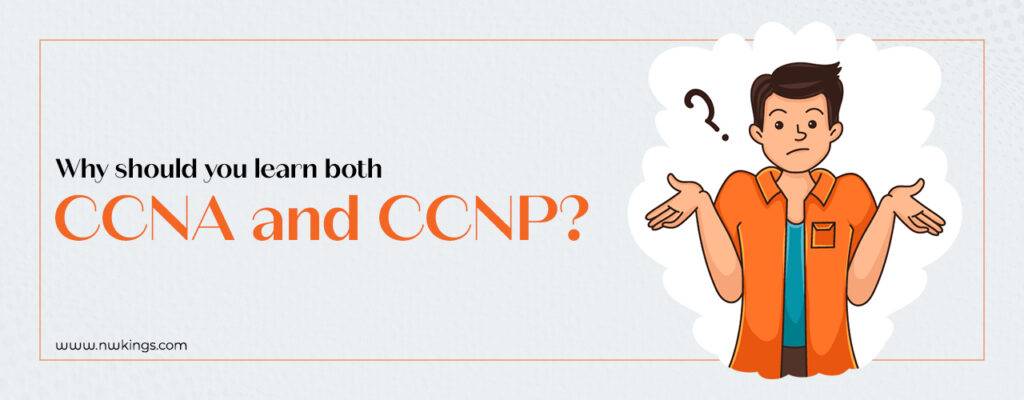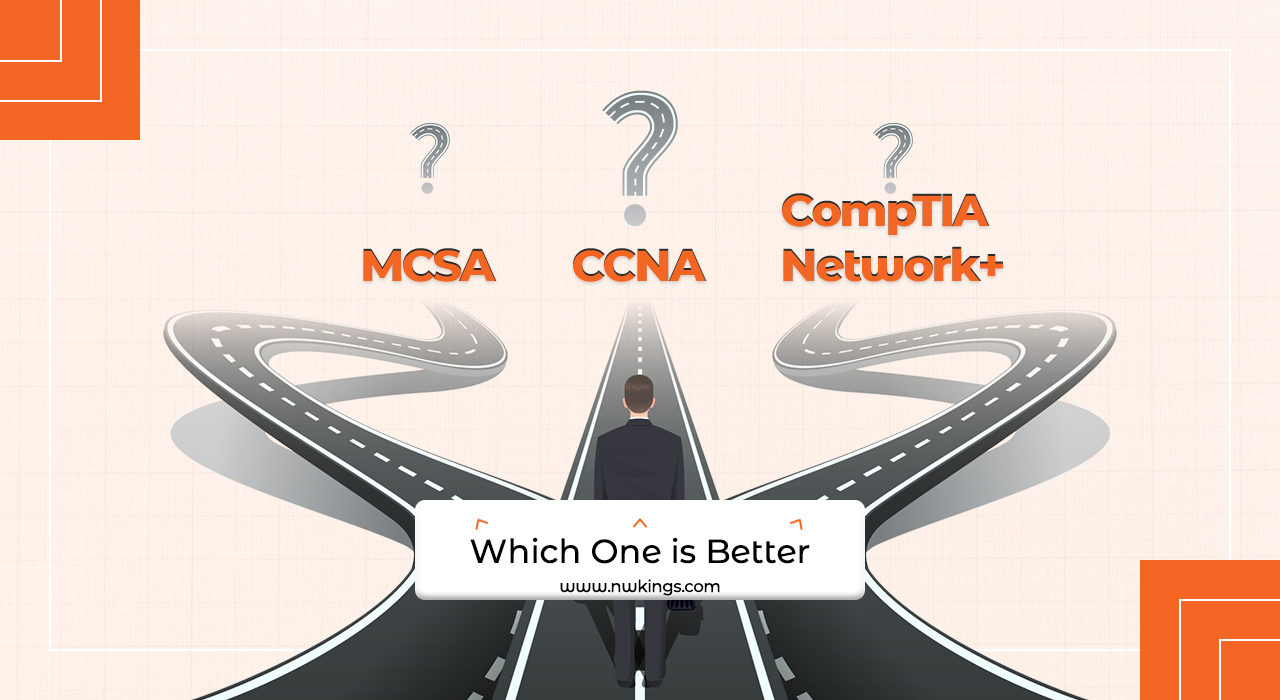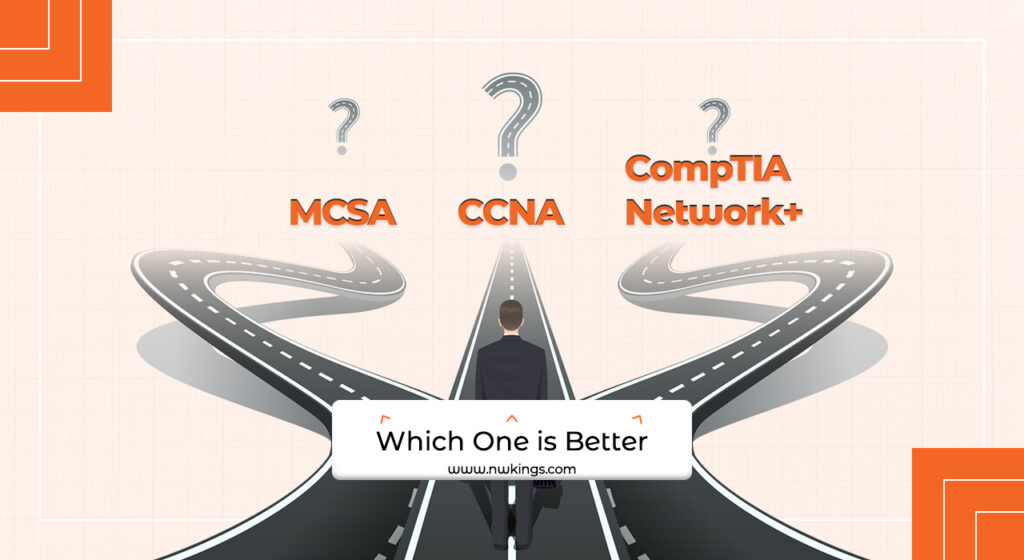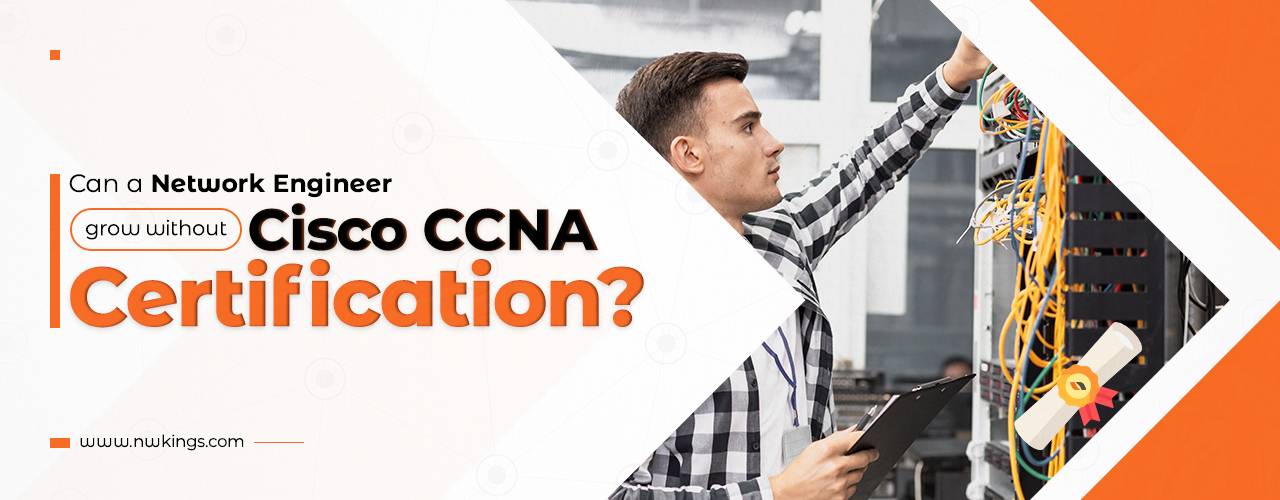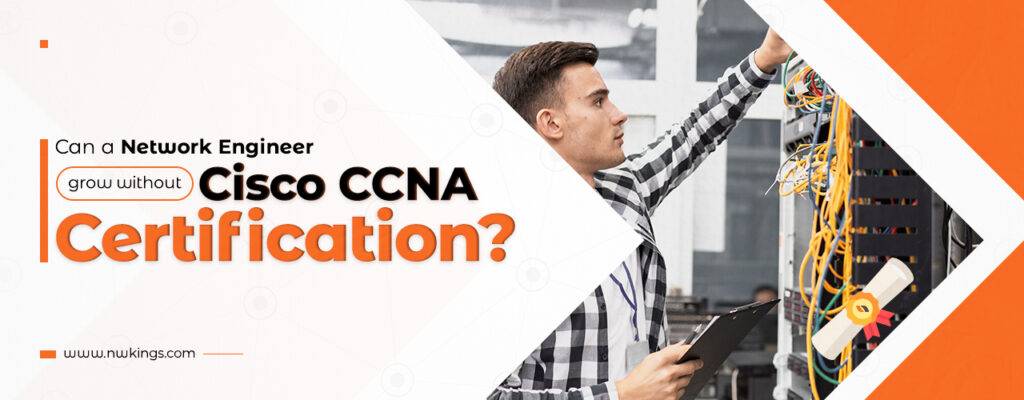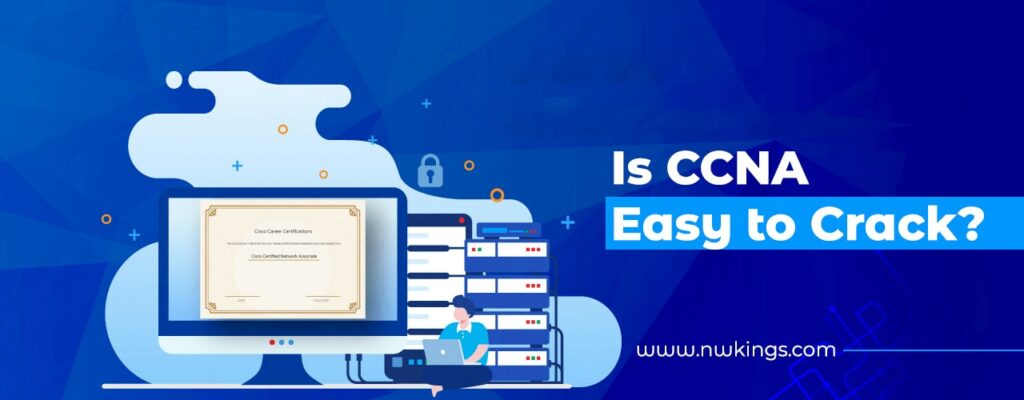
The Cisco Certified Network Associate (CCNA) is the world’s best entry-level certification to enter the network infrastructure industry. Nine out of ten network engineer aspirants aim to get CCNA knowledge to enter the networking domain. This gives rise to a crucial question: Is CCNA Difficult to Pass?
CCNA being a popular certification does not mean that it is easier to crack than other certifications! The credit for its popularity goes to the global recognition of the Cisco certifications and being an unmatched leader on top of all other networking certifications, be it CompTIA or Juniper Networks.
It requires practice, constant hard work, and dedication to pass the CCNA 200-301 exam which is the most renowned networking exam across the globe. In this blog, we are going to address one of the most asked questions: Is the CCNA exam difficult to pass?
To answer that, let me make you familiar with the CCNA first! Keep on reading to know everything about CCNA course.
P.S. I have also dropped tips to easily crack the CCNA exam at the end of the blog. Make sure that you stick to the end.
What is CCNA certification?
Elaborated as Cisco Certified Network Associate, CCNA certification is the industry leader in networking, especially routing and switching certifications. It has been the world leader for over 15 years now.
This shows how you can get an edge over others by taking the CCNA exam. Therefore, CCNA is an associate or an entry-level network infrastructure certification meant for candidates who want to begin their career as entry-level network engineers.
The best part about this certification is that anyone from any educational background can enroll in the CCNA course. No matter what your background is in your graduate degree, CCNA is open to everyone irrespective of their proficiency in computers.
Therefore, CCNA is quite a popular choice of networking certification for those belonging to technical as well as non-technical backgrounds!
As far as the difficulty is concerned, the right amount of practice can always outweigh it.
What’s covered in the CCNA course curriculum?
The CCNA is a versatile certification that covers everything about networking, especially routing and switching. As it trains you to become an entry-level network engineer, you learn to configure, implement, manage, monitor and troubleshoot wired and wireless networks.
The following concepts are covered in the CCNA course:
- Get an overview of networking fundamentals with a special focus on routers, switches, firewalls, endpoints, controllers, servers, etc.
- Learn in detail about network topology architectures.
- Get introduced to the concepts of IPv4 and IPv6 addressing.
- Learn in-depth about the OSI model and the new TCP/IP model.
- Understand the difference between TCP and UDP.
- Learn the fundamentals of virtualization such as containers, VRFs, etc.
- Understand switching concepts in detail.
- Learn in detail about the Layer 2 discovery protocols.
- Get introduced to Spanning Tree Protocol and Rapid PVST+.
- Get to know about the WLAN components.
- Understand the components of the routing table and learn how the router makes a forward decision.
- Get introduced to the OSPFv2.
- Learn IP services and learn about NAT along with pools and static.
- Learn about DHCP and DNS in a network.
- Learn to configure network devices using SSH.
- Learn about TFTP/FTP in a network setup.
- Get introduced to the key security concepts.
- Learn about security 2-layer features.
- Learn wireless security protocols.
- Understand the concepts of network automation in network management.
- Learn controller-based software-defined architectures.
- Learn in detail about the characteristics of REST-based APIs.
- Understand how to interpret JSON-encoded data.
- Get introduced to configuration management mechanisms such as Chef, Puppet and Ansible.
All of the above-mentioned topics are covered in-depth in a CCNA course. After looking at all these topics, you may find that CCNA is not that too difficult or too easy to pass.
What skills do you gain after the CCNA course?
The CCNA course makes you proficient in managing and configuring small-sized to medium-sized enterprise networks. You acquire the skills of managing and optimizing even the world’s most advanced and modern networks.
After gaining the CCNA knowledge, you learn to examine hardware components, perform recovery operations, create data backups, resolve and troubleshoot customer issues, monitor network performance, and perform network security measures.
Is CCNA difficult to pass? Explained
The CCNA exam is neither too difficult nor too easy. It takes the right amount of hands-on practice to pass the CCNA exam.
You need to score at least 800 marks out of 1000 in order to pass the CCNA exam. The exam consists of multiple choice questions, drag and drop along with simulation questions.
A lot of candidates struggle with the simulation-type questions as they are a bit difficult to solve. Therefore, it is crucial to practice as many simulation questions as possible to get a hold of the concepts hands-on.
If you enroll yourself in the CCNA course at Network Kings, you can take the weight off of your shoulders as we provide access to the world’s biggest Cisco labs which include Cisco Packet Tracer, EVE-NG, etc.
Our major focus is to make you proficient with real-world networking problems. On top of that, you get to learn directly from Network Engineers with over 12 years of experience!
With all these things combined, you can easily crack the CCNA 200-301 exam in a span of 3-5 months.
Top 3 tips to crack the CCNA exam
Here are three sure-shot secrets to ace your CCNA exam in the first go:
- Master foundational concepts:
CCNA is full of basic concepts of networking and network security. OSI model along with TCP/IP model are very important topics to master. Along with it, you must be aware of all the networking devices and their functions.
- Practice simulation questions:
Multiple-choice questions are comparatively easier to solve than simulation questions. Therefore, I recommend you check out Network Kings on YouTube to practice questions hands-on in Packet Tracer.
For your ease, I have linked our 2+ hours of free content to practice lab questions for CCNA!
- Aim for a daily target:
Make it your habit to solve at least 5-10 questions related to CCNA every day. You can give mock tests for CCNA to further sharpen your skills!
It’s a Wrap!
Cisco’s CCNA is the most renowned networking certification across the globe. It is very important to focus on simulation-based questions to ace the CCNA exam.
In this guide, I have summed up all the important concepts that you need to learn in order to pass the CCNA exam. To conclude, it is not that difficult to clear the CCNA exam. Anyone can do it irrespective of their educational background.
Happy learning!

